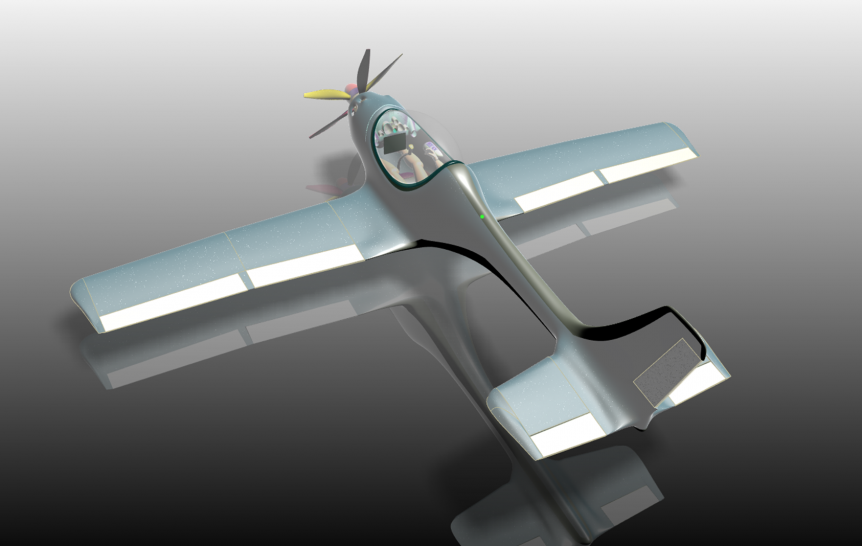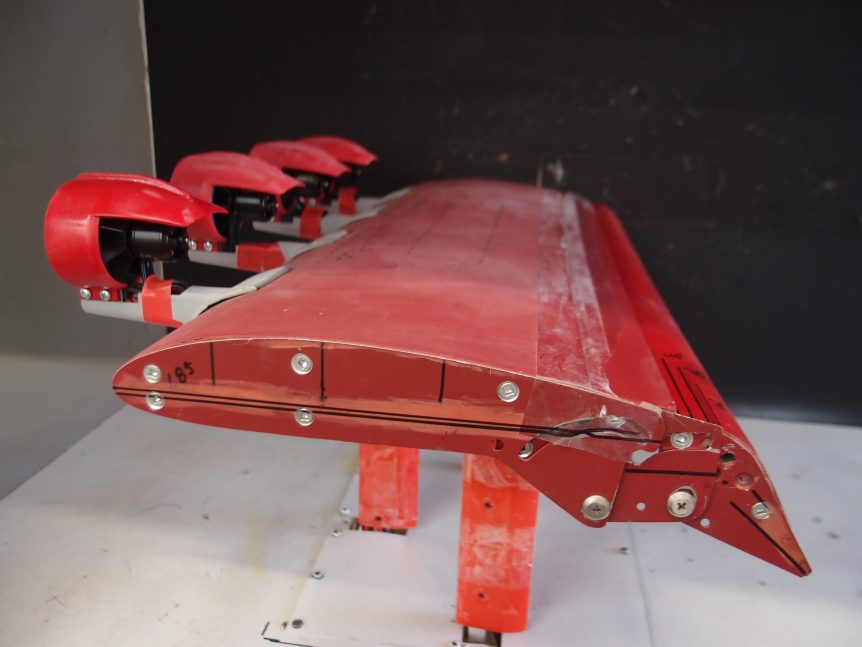Is there a need and desire for an electric light sport aircraft (LSA) kit that is inexpensive to own, operate, and maintain? Electric flight already offers that possibility, and if kits were available to further lower costs, we could see a new way to achieve low-cost flight. The LSA designation qualifies a builder to take advantage of LSA’s lighter constraints. A good friend who happens to have designed an electric Light Sport Aircraft (LSA) a few years ago let the project lapse because of the need to tend to other business interests. He wants to know if there’s a market for a new, improved version of his original concept – an electric LSA that would fly for considerably less in operating costs than an internal-combustion model, and that would provide reliable, safe sport flying. He provided the following survey to the Experimental Aircraft Association, which created the link at the end of this entry. His comments follow. “This survey is …
The I.D.E.A.L. Becomes Real with JabirWatt
Dr. David Ullman taught mechanical engineering and project management for over three decades, and his books on the mechanical design process are consistently sought after. His current project, JabirWatt, is hangared at his home in Independence, Oregon, and combines the internal combustion propulsion of its Jabiru engine with the lift-enhancing addition of four electric ducted fan motors on the wings. A project partner, Vince Homer, lives nearby on the airport. Both have hangars filled with things of genius, including the well-instrumented wind tunnel on which David tests his ideas (or I.D.E.A.L – Integrated Distributed Electric-Augmented Lift). Slightly different from the approach promised in his presentation at last year’s Sustainable Aviation Symposium, the modified Jabiru sacrifices its rear seat for a large battery box to power the (now) four electric ducted fans (EDFs) atop the inner part of the wing. He’s since presented at this year’s CAFE Foundation symposium and at AirVenture 2019. Different From a Maxwell Your editor has joked …
Berkeley Achieves New Highs in Thermophotovoltaic Efficiency
Researchers at University of California at Berkeley announced a record in thermophotovoltaic efficiency, now at 29 percent, but with a few tweaks, soon to be at 50 percent. This is great news for small drones, which could stay up for days, but possibly not a be-all, end-all for larger, more conventional electric aircraft. Let’s examine the potential and the pitfalls involved. The researchers’ “groundbreaking physical insight” and “novel design” applies thermophotovoltaic principles that are “an ultralight alternative power source.” Eli Yablonovitch, professor of electrical engineering and computer science (EECS), wrote in a paper published in the Proceedings of the National Academy of Sciences, ““Thermophotovoltaics are compact and extremely efficient for a wide range of applications, from those that require as little as 100 watts, [such as] a lightweight unmanned aerial vehicle, to 100 megawatts, [providing] electricity for 36,000 homes. In comparison, a 100-megawatt combined cycle power plant is massive,” Expanding on work he and his students published in 2011, Yablonovitch …
The Third Electric Airplane to Fly in Oregon
Martin Koxxy, a mechanical designer for a micro-electronics firm in Beaverton, Oregon, has crafted his e-Gull, a design by Mark Beierle, over the last two years. The airplane reflects Martin’s care and skills, with simplicity and attention to detail that makes it an airworthy jewel. The paint lines on the fuselage roll neatly into the door flanges, both on the fuselage and on the door, for instance. Showing his expertise with electronics, Martin’s all-glass cockpit includes a moving map via a Samsung tablet, a miniature EFIS (Electronic Flight Instrument System) by GRT Avionics, and a Cycle-Analyst, a device normally used by bicyclists with electric motor assist. It monitors battery, motor and controller status among other things. The latest version is priced at $159.95, making it an economical way to keep track of your powerplant. Mark showed a battered smartphone (must have been a Timex®, since it obviously took a licking and kept on …ticking) that displayed the motor, battery, and controller temperatures …



